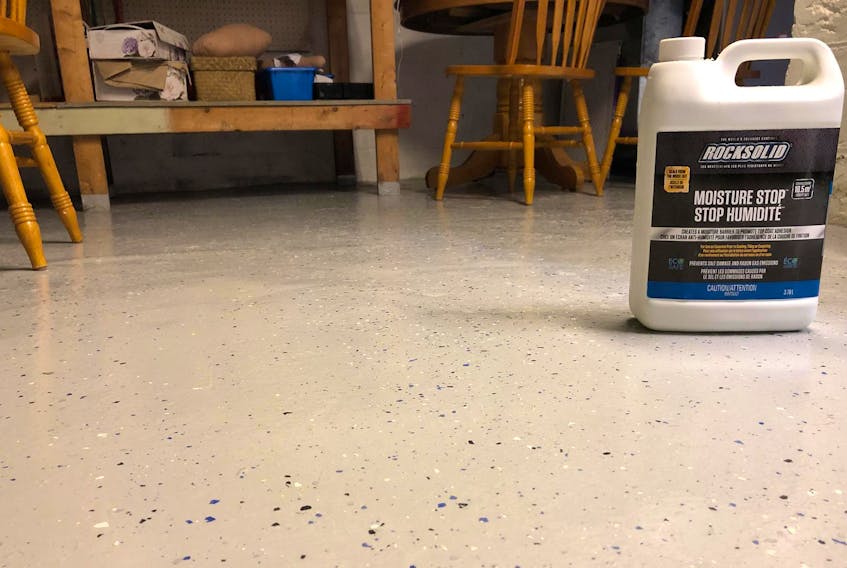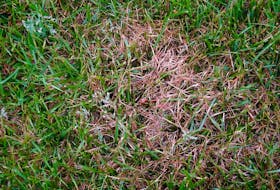Finishing a basement is one of the most popular home improvement jobs in Canada because it’s an effective way to increase living space in your house. The thing is, there are two drawbacks to finishing a basement in the usual way.
First, it’s expensive. Not as expensive as building an addition onto your house, but it’s still easy to spend well into five figures finishing a basement as it’s typically done with insulation, drywall and floor coverings. And second, a typical finished basement is vulnerable to serious damage from water leaks and moisture. Mould growth and poor indoor air quality throughout your house is a very real threat if a finished basement gets wet. Creating a more economical, less vulnerable and more attractive basement is where something I call the semi-finished basement strategy can help.
If all you need is space for the kids to play, an area for hobbies or sewing, and maybe a basic extra bathroom downstairs and some laundry space, you really don’t need to go all out with drywall, insulation and luxurious flooring right away. The thing about basements is they’re not either finished or non-finished. The semi-finished basement is an economical, low-stress, in-between option that too few people consider.
The key to a useful and inviting semi-finished basement is making the space look nicer, feel more comfortable and have better lighting — all without creating new finished wall surfaces, ceilings and floors. This approach saves money and also eliminates the risk of water damage and mould growth if your basement is not quite reliably dry every year. No basement should ever be finished with new floors and interior walls unless it’s 100 per cent reliably dry, 100 per cent of the time as proven from at least a few years observation.
There are three main steps to the semi-finished basement strategy. First, coat the floor with a tough, thick, catalysed floor coating, then lay down removable, interlocking rubber floor tiles in areas where people will stand or kids will play. It’s amazing how much better this approach makes any basement space look and feel. If you do nothing else but improve the floor, you’ll love your basement much more.
Second, clean and paint the walls with a bright colour. White is my favourite. One hundred per cent acrylic latex paint sticks to brick, block or poured concrete walls very well. A shop vac is the best tool to get the bulk of dirt off basement walls.
Third, vacuum the floor joists, pipes and wires overhead, then paint that area a light colour, too. I’ll admit that painting areas like these is not easy because of all the obstructions you need to work around, but the results are very good looking, in an informal and rustic way.
Low cost is the biggest benefit of the semi-finished approach to your basement. For less than $1,000 in materials and your own labour you can transform a dark, uninviting basement into the kind of place kids can play. In fact, I’d argue that it’s easier to enjoy a semi-finished basement compared with a fully finished one during the kid-rearing years because you won’t be as uptight about damage and wear.









